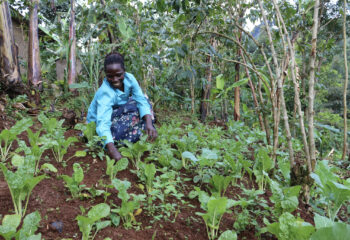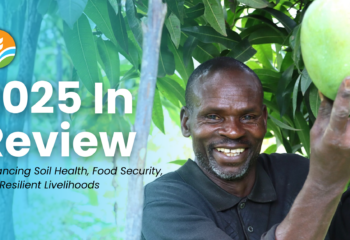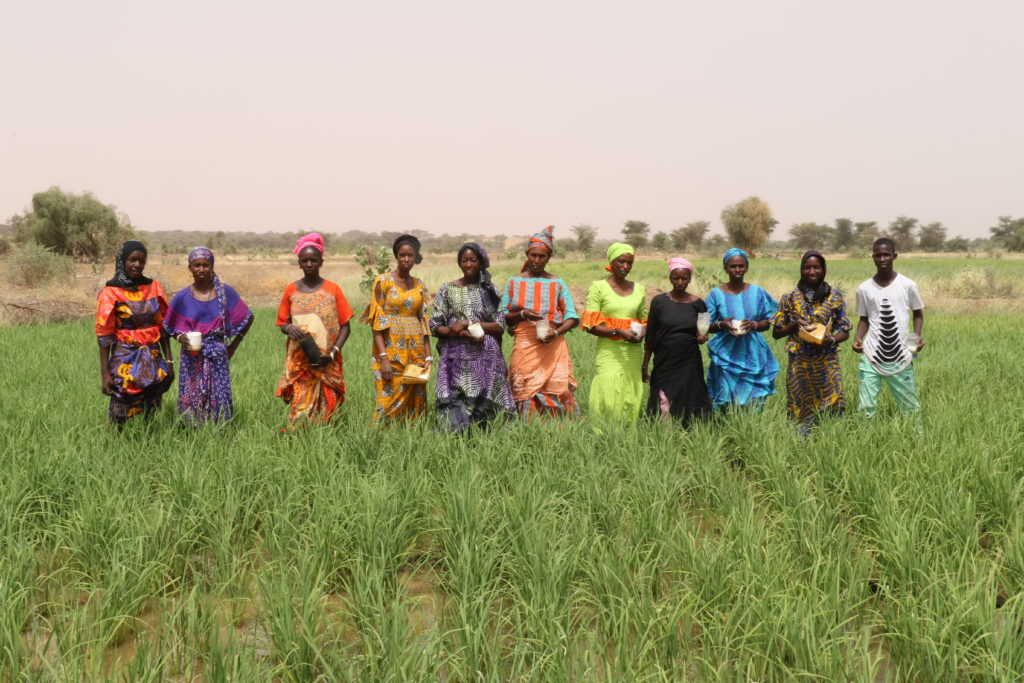
Racine Thierno Hanne, a 41-year-old farmer, has been producing rice and market gardening in Kodith Village, located in Podor Department of the Senegal River Valley, since he started farming with his father at the age of 15. When his father became too old to farm, he left Hanne the family plot to encourage his son to stay in the village.
“I dreamed of emigration. I wanted to go to Gabon where one of my grandparents had emigrated, but my father dissuaded me from leaving. He asked me to stay here and work the land. My father told me that I can get everything I need here. That’s how I finally decided to stay. I gave up the thought of migrating and started to cultivate.”
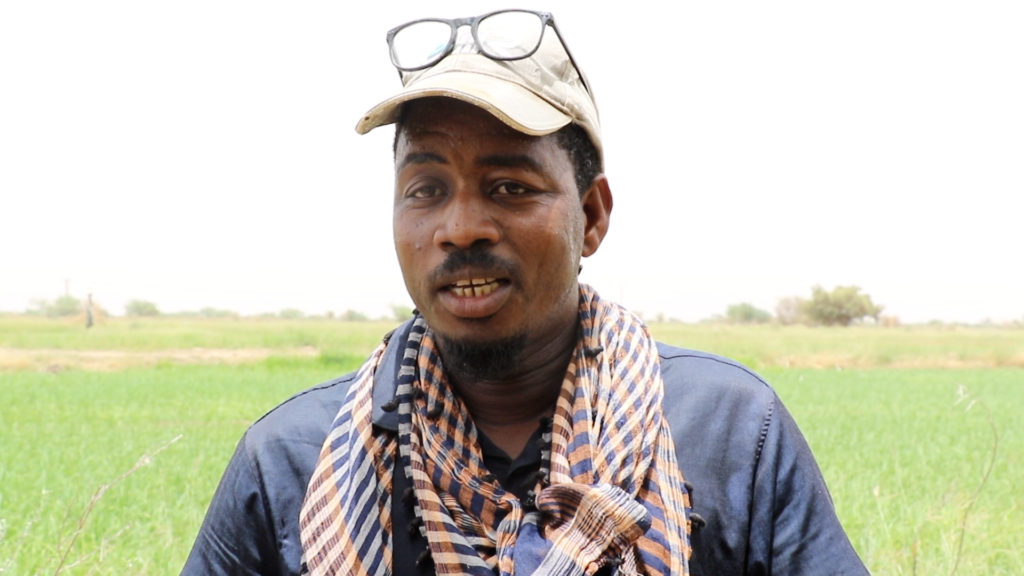
Similar to other rice producers in the area, Hanne previously used a lot of fertilizer on his 2-hectare plot. In fact, he said it was common to use fertilizer at a rate of 350 kilograms per hectare (kg/ha) – 250 kg of urea and 100 kg of diammonium phosphate (DAP).
“I saw a lot of UDP use in the Feed the Future Senegal Dundël Suuf Project. Now I intend to apply only this method on the different crops I grow.”
This year, Hanne became a participant in the Feed the Future Senegal Dundël Suuf Project and learned about the advantages of urea deep placement (UDP) technology.
“I joined the Dundël Suuf project after being selected by the Regional Directorate of Rural Development. Through the project, I discovered how to deep place briquetted urea fertilizer. Since I have been using UDP, I have quickly seen its impact on my field.”
He adds that he has used much less fertilizer this year, only 113 kg/ha. Using UDP, Hanne saved an estimated 75,000 FCFA, or about U.S. $138, on fertilizer purchases for his plot of land.
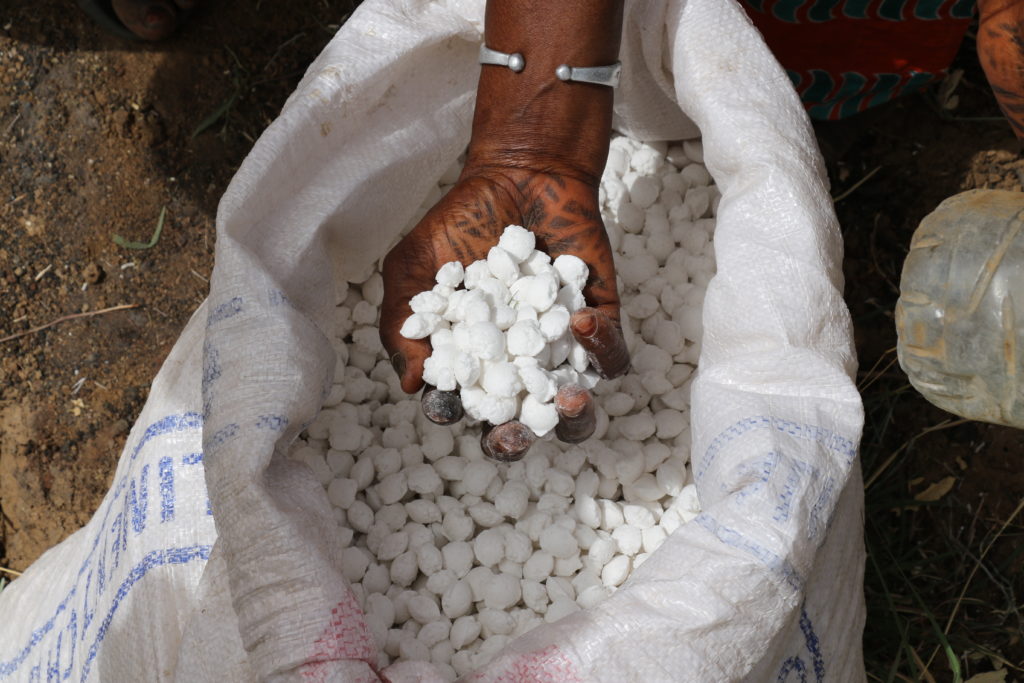
Hanne believes using UDP has improved his crop performance and saved him money. He says, “I saw a lot of UDP use in the Feed the Future Senegal Dundël Suuf Project. Now I intend to apply only this method on the different crops I grow.”
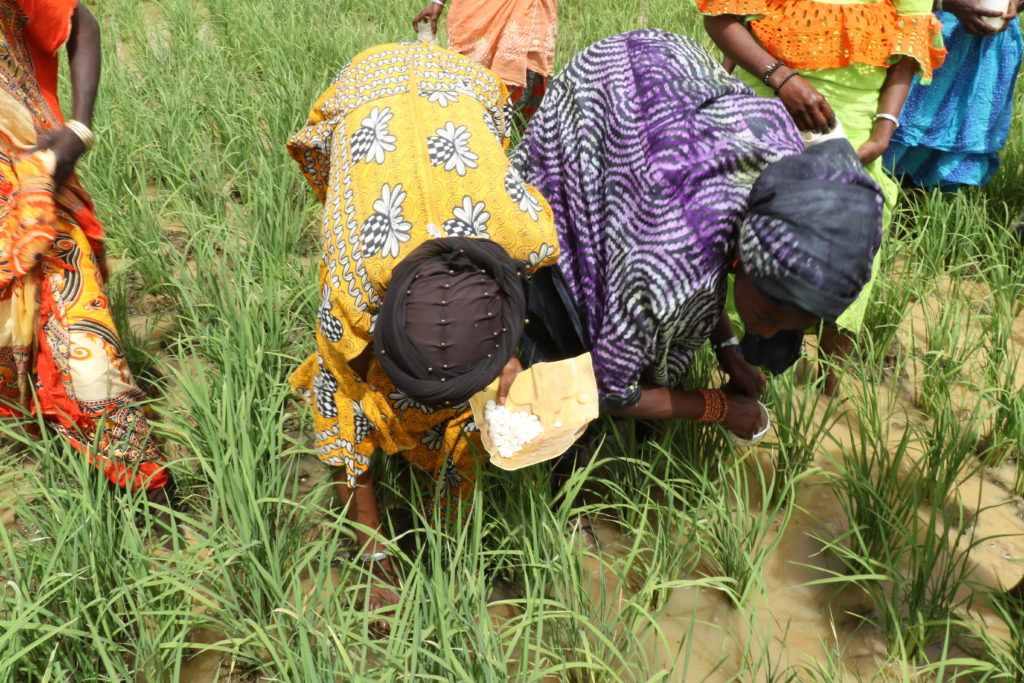
With only a few months remaining before harvest, Hanne hopes to see an increase in his crop yield, which is usually 4.5-5 metric tons per hectare. His good harvests mean that he no longer dreams of moving to Gabon. In order to afford his annual household expenses, Hanne explains, “I sell part of my production to finance my entire market gardening season.”
Hanne invites the promoters of the Dundël Suuf project to scale up UDP technology for the benefit of other agricultural producers.
The Feed the Future Senegal Dundël Suuf Project (2019-2022) is working to promote food security in Senegal. By addressing issues such as inappropriate fertilizer use, poor enforcement of quality control regulations, and low adoption of improved fertilizer products and technologies, Dundël Suuf aims to increase agricultural productivity and production to reduce hunger, poverty, and malnutrition.


